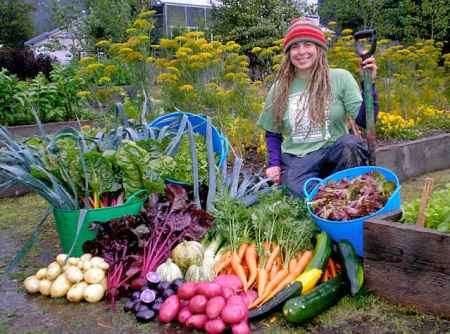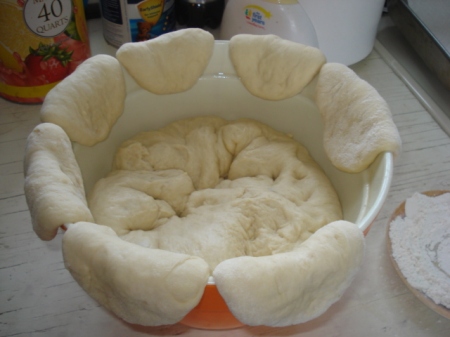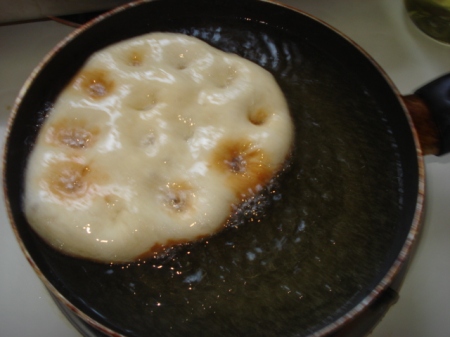Mar 19, 2010
Victoria is in Fairbanks this week attending sustainable gardening conferences. From her latest post you can tell she will have much to report but it will take her a little time to organize her thoughts. Bottom line – good things are happening!
While we wait to hear more about gardening in the bush, let’s roll back the clock to last year at this time.
Vic was heading off to the Northern Pacific Fishery Management Council meeting in Anchorage to testify about the Chinook Salmon bycatch issue. She live blogged from the meeting and we were all disappointed when the bycatch cap was set higher than the 32,500 cap we endorsed.
Before the meeting last year Vic wrote about the need for science in the salmon bycatch debate.
Given how complex not only the fishery but the science, or lack of it, that is used to manage fisheries we are working to figure out what looks to be the best solution for our villages.
Now there’s news from the Alaska Department of Fish and Game. Scientists are using DNA to chronicle the origin of salmon to river spawning beds up and down the Alaskan coast.
From the Tundra Drums, 3/19/2010
Scientists at the Alaska Department of Fish and Game are pushing the genetics frontier with a multi-million dollar study designed to verify stock composition of sockeye and chum salmon harvested in Western Alaska, from Chignik to Kotzebue.
DNA is a nucleic acid that contains the genetic instructions used in development and functioning of all known living organisms. DNA is a blueprint or code carried in the genes. By comparing samples of DNA in fish harvested in Western Alaska with DNA samples taken from fish in natal streams, geneticists will know where the harvested fish were headed to spawn.
This data could be used to identify causes for low salmon returns. As Vic explains it:
By knowing the rivers of origin, through the DNA, we can better manage the fish. Most of the fishing districts in Alaska are managed on the concept of a ‘terminal fishery’. This means that instead of fishing in the middle of a bay that can be fed by a number of different rivers, catching fish from who knows which river or even maybe fish that ‘wander’ into the bay from a whole other area, we can tighten down the fishing areas to target fish. We can bring fishermen into the mouths or even the actual river to catch only those fish destined for that river. If it is having an issue with returns of stock we can back off and fish another stronger river.
The collection of DNA data pinpointing the origin of Alaska’s salmon is a step toward compiling a dynamic scientific data resource to track the journey of salmon from their birth in the rivers of Alaska and Canada to their life in the pacific and their return to their spawning grounds.
Alaska Pi has the Tundra Drums story on her blog and welcomes your comments at Pi in the Sky.



























